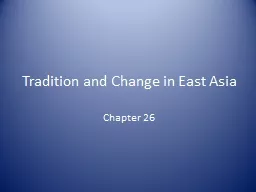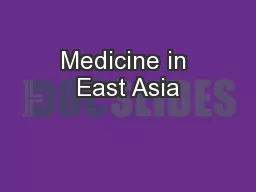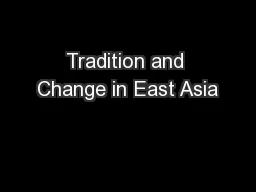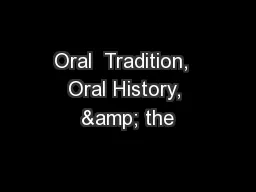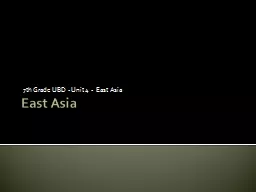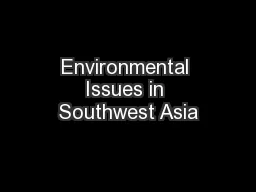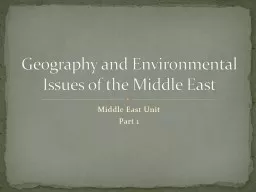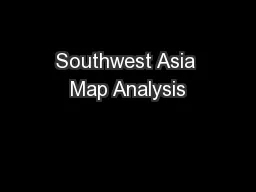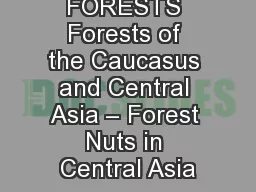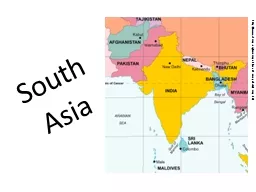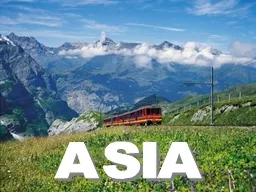PPT-Tradition and Change in East Asia
Author : cheryl-pisano | Published Date : 2018-01-10
Chapter 26 Intro The quest for Political Stability Recovery from Mongol rule Ming Qing foreigners but promoters of Chinese tradition Goal for both stability The
Presentation Embed Code
Download Presentation
Download Presentation The PPT/PDF document "Tradition and Change in East Asia" is the property of its rightful owner. Permission is granted to download and print the materials on this website for personal, non-commercial use only, and to display it on your personal computer provided you do not modify the materials and that you retain all copyright notices contained in the materials. By downloading content from our website, you accept the terms of this agreement.
Tradition and Change in East Asia: Transcript
Download Rules Of Document
"Tradition and Change in East Asia"The content belongs to its owner. You may download and print it for personal use, without modification, and keep all copyright notices. By downloading, you agree to these terms.
Related Documents

